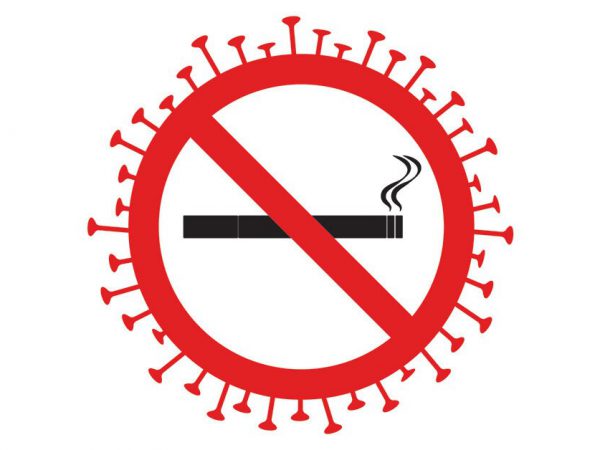Claire Fiddian-Green is the President & CEO of the Richard M. Fairbanks Foundation.
COVID-19 has wrought havoc in all of our lives. As of this week, the coronavirus has caused more than 98,000 deaths in the U.S., including more than 1,900 in Indiana. As these tragic figures continue to rise, steps taken to mitigate the impact of the virus have resulted in devastating economic consequences.
As the crisis continues to unfold, uncertainty is our new constant. But emerging information points to two clear and immediate next steps Indiana can take to help position itself for recovery: lowering our adult smoking rate and investing in public health. These actions will help us tackle today’s pandemic and prepare for potential future threats to our safety and well-being.
How do we know this?
Health, business and other community leaders generally agree that we will not see a return to some form of normalcy until we have widely available testing and contact tracing; abundant personal protective equipment (PPE); at least one therapeutic treatment for COVID-19 patients; and a vaccine. While Indiana is making progress on testing, contact tracing and PPE, health experts say availability of a vaccine may be one year or more away, and availability of proven therapeutics is also months away.
Since the start of the coronavirus crisis, states across the U.S. have struggled to obtain materials and equipment to meet the need for widespread testing and safety gear, a reality that has highlighted our country’s insufficient investment in public health infrastructure.
Closer to home, it is no secret that Indiana ranks 47 out of 50 states for public health funding. Without sufficient public health resources, communities cannot react quickly to address the myriad needs that arise from a crisis of this magnitude. That’s why increasing the funding Indiana devotes to public health is critically important to meeting today’s needs and preparing our state for a healthier future.
Equally troubling is new evidence showing that people with underlying health conditions who have COVID-19 are at higher risk for worse health outcomes from the disease.
Dr. Kristina Box, Indiana’s health commissioner, recently said that our state’s high rates of smoking, diabetes, obesity and high blood pressure have contributed to our coronavirus death toll, since those factors put people at greater risk of dying from the disease.
An analysis of available studies of COVID-19’s impact in China shows that smoking is associated with adverse outcomes from the virus. There also appears to be a higher risk for severe consequences from COVID-19 for people who vape. This is bad news for Indiana, where one in five adults smokes, and nearly 19% of high school students use e-cigarettes.
To address both the pressing and longer-term health consequences of the COVID-19 virus and any future variant viral strain, two immediate next steps are clear.
First, we need to lower the rate of adult smoking in Indiana. Years of evidence show that the number-one way to reduce smoking rates and prevent young people from ever lighting up is to raise the price of cigarettes. According to a recent study, a $2 increase in the cigarette tax, for example, would prevent an estimated 58,000 Hoosier youth from becoming adult smokers, encourage 70,000 adults to quit smoking, and prevent 36,000 future smoking-caused deaths. It would also generate an increase of over $350 million in state revenues in the first year alone.
Second, we need to invest significantly more resources in our state’s public health infrastructure to ensure we are adequately prepared to address the ongoing effects of COVID-19, and to prepare for any future public health crisis. A stronger public health infrastructure means having improved capabilities to prepare for, address and mitigate the impact of complex public health challenges. In the short term, funding for public health can be paid for by new revenues from a cigarette tax increase.
In the middle of this crisis, it is impossible to know what to expect next. But by taking critical steps, Indiana can be better prepared to limit the number of lives lost and come out of this tragedy ready to rebuild.
This article was originally posted by Claire Fiddian-Green on LinkedIn. The weekly coronavirus death figures were updated to reflect the latest data.



